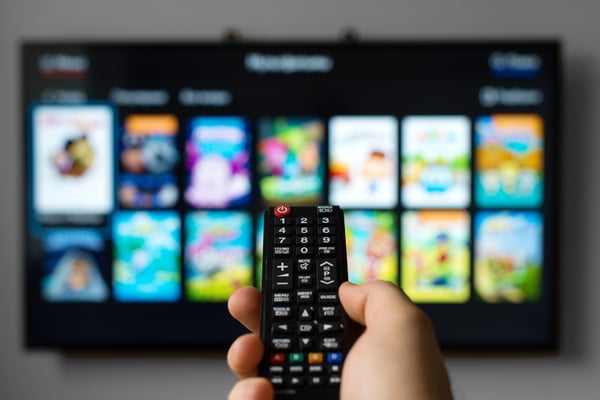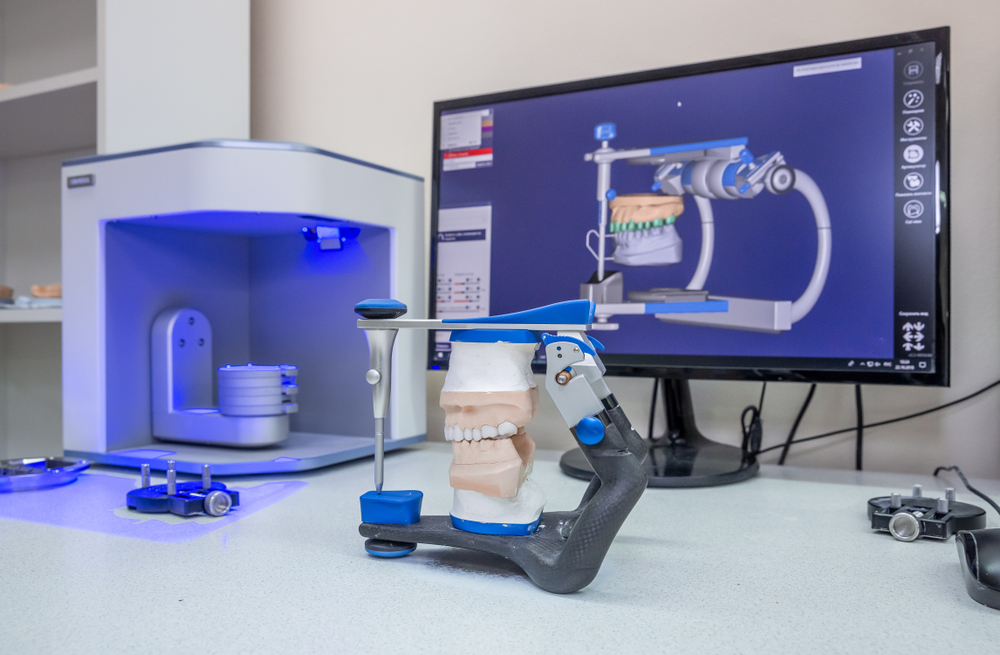Is The Next Digital Marketing Battleground In Your Living Room?
Team Thomas March 25, 2019
The old marketing rules have changed to meet the needs of consumer behaviors. From establishing an online presence (73% of industrial buyers pay attention to your website!) to optimizing your website to offer a mobile version, it's important to update your marketing strategy based on user activity. Content marketing for manufacturing companies have incorporated mobile search and mobile ads built specifically for interaction on mobile devices.
But what about one of the most influential communications inventions of the 20th century — the television. The first TV advertisement aired in the 1940s, so traditional commercials have been around for a long time and has grown steadily. While mobile optimization and advertising are still important elements to target users, let's take a look at how the traditional TV set has evolved to consumers' behaviors and what it may mean for industrial marketers.

The Advanced Television Advertising Landscape
Google recently added television screens to their list of device types for targeting and analytics. What this means is that for display and video campaigns, you can place your advertisements on not only computers and cell phones, but TV screens as well. You may have already noticed advertisements on your smart TV or gaming console.
Just think about it — the way we watch TV has changed. When was the last time you actually watched a TV show during its designated time slot? 74% of U.S. TV homes have at least one TV connected to the internet. Consumers are taking advantage of devices such as Google’s Chromecast, Amazon’s Fire TV Stick, or gaming consoles to connect their TVs to the internet for content. It surpasses traditional pay-TV and broadcast cable offerings.
Television screens are an emerging platform for digital marketing, but not all technological advancements are received well. OEMs like Samsung have added advertising space on their screens, delivering another opportunity for advertisers to reach viewers by understanding their audience viewership data. While the advertisements on Samsung TV aren't obtrusive, they do take up a lot of space on the screen. Last year, Facebook launched connected-TV advertising, but shut it down after a few challenges like lack of advertiser interest.
Leveraging Television in Industrial Marketing
Connected TV advertising helps grow businesses by delivering more meaningful content to the viewer based on how they're watching TV, what they're watching, and when they're watching. These television ads, powered by deep analytics, allow for personalization at scale — something traditional advertising cannot. This is especially useful in industrial marketing as your products and services can speak to a very specific crowd, on a very specific medium. It's another way to diversify your content.
Using Google Ads, advertisers can incorporate TV screens as part of a paid search campaign. Campaign bids can be adjusted per device type, allowing your industrial marketing ads to be shown to audiences on connected televisions in addition to computers and mobile devices.
Data is gathered from connected TVs through subscription services, content searches, location, and even what you’re up to on your smartphone. Since manufacturing companies using TV advertising for their content marketing can reach specific audiences, it's even more important to understand persona targeting to deliver high quality content effectively.
The Future of Digital Marketing
Ten years ago, you likely couldn’t imagine just how extensive digital marketing would become across platforms such as social media, as well as on your mobile devices — and now smart TVs. As the marketing industry continues to shift for manufacturers, we'll be here to tackle the challenges with you — we've even created "The Ultimate Guide to Marketing for Manufacturers" to help you execute on the opportunities that will generate industrial leads.
And for daily insights on digital marketing trends, subscribe to our newsletter, Thomas Industry Update.
Did you find this useful?









